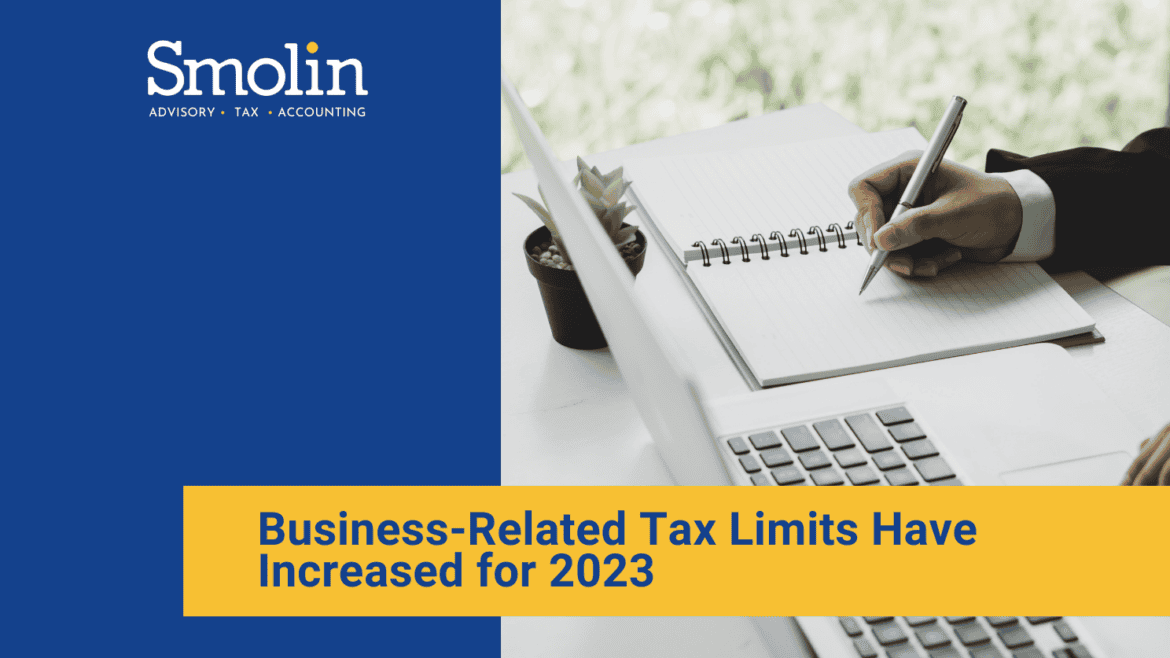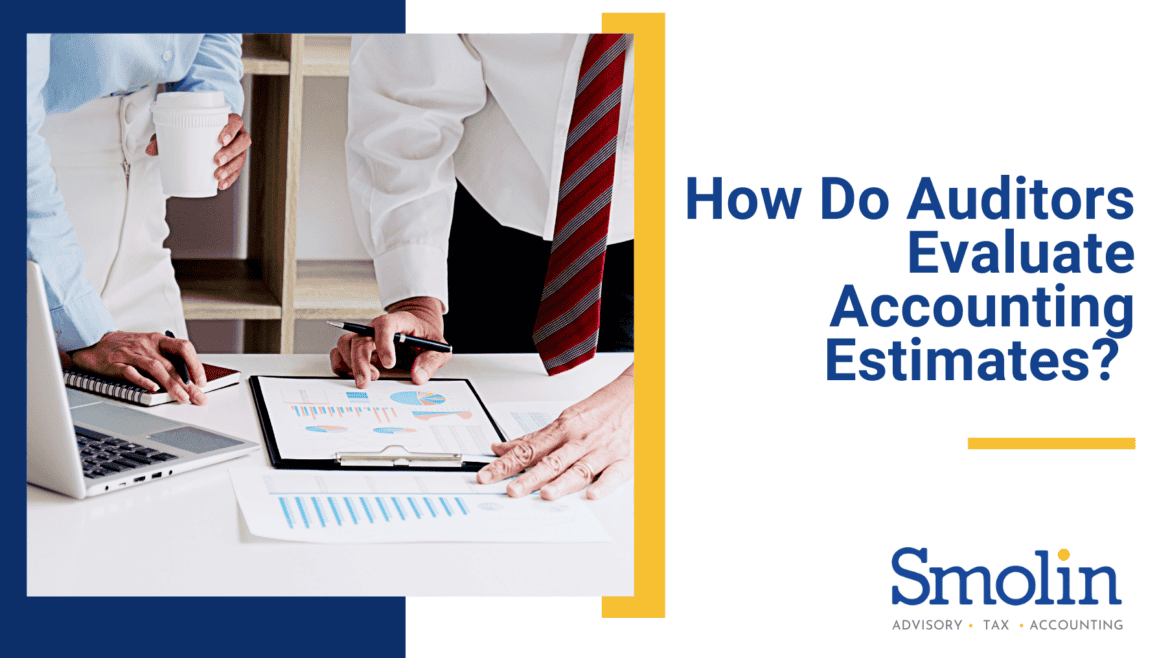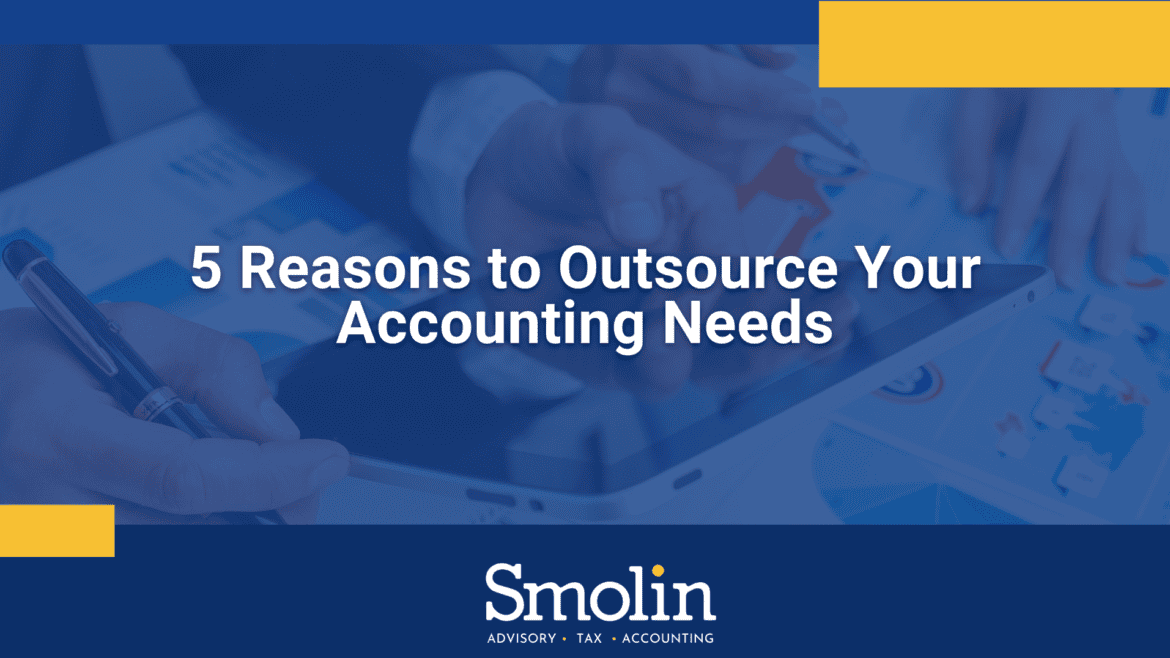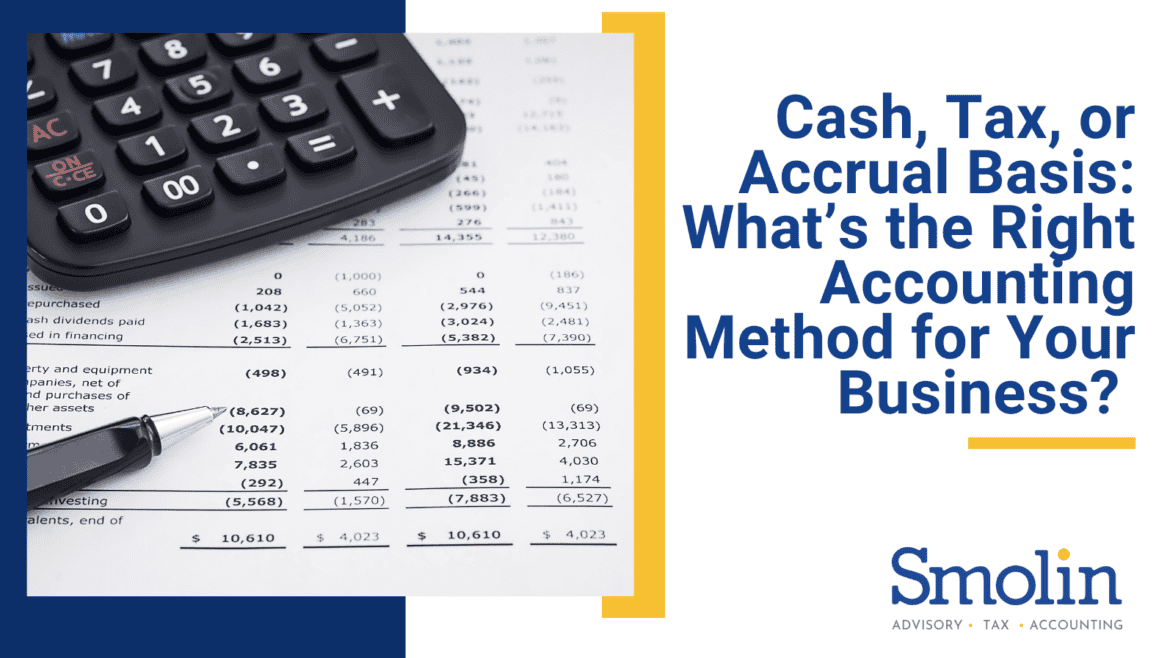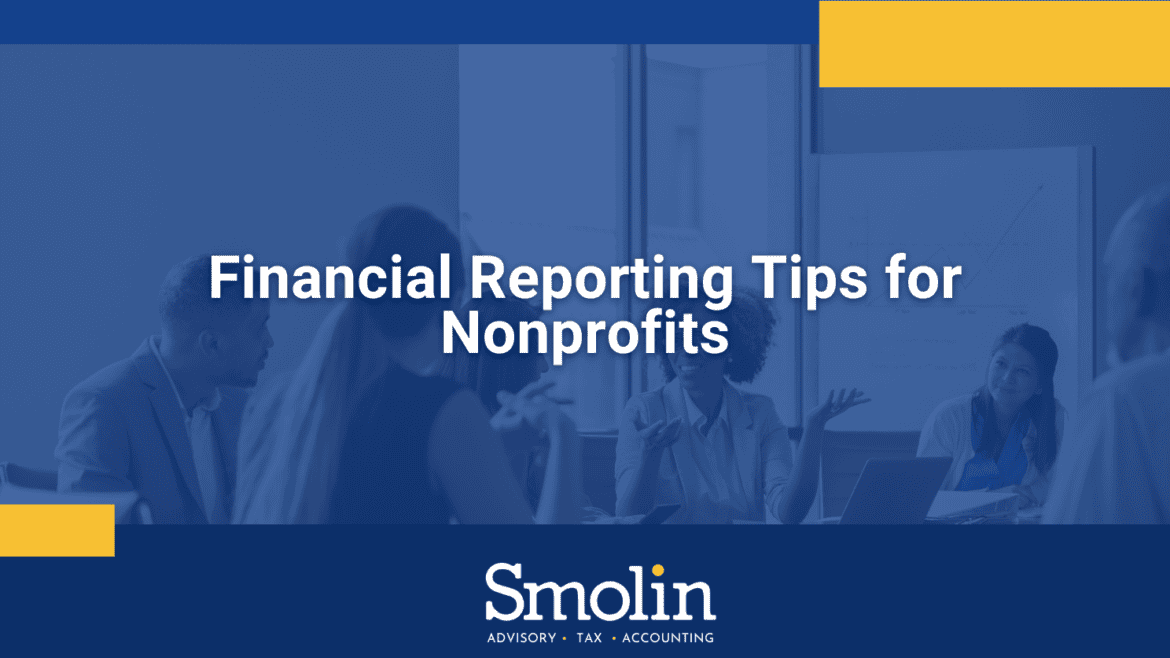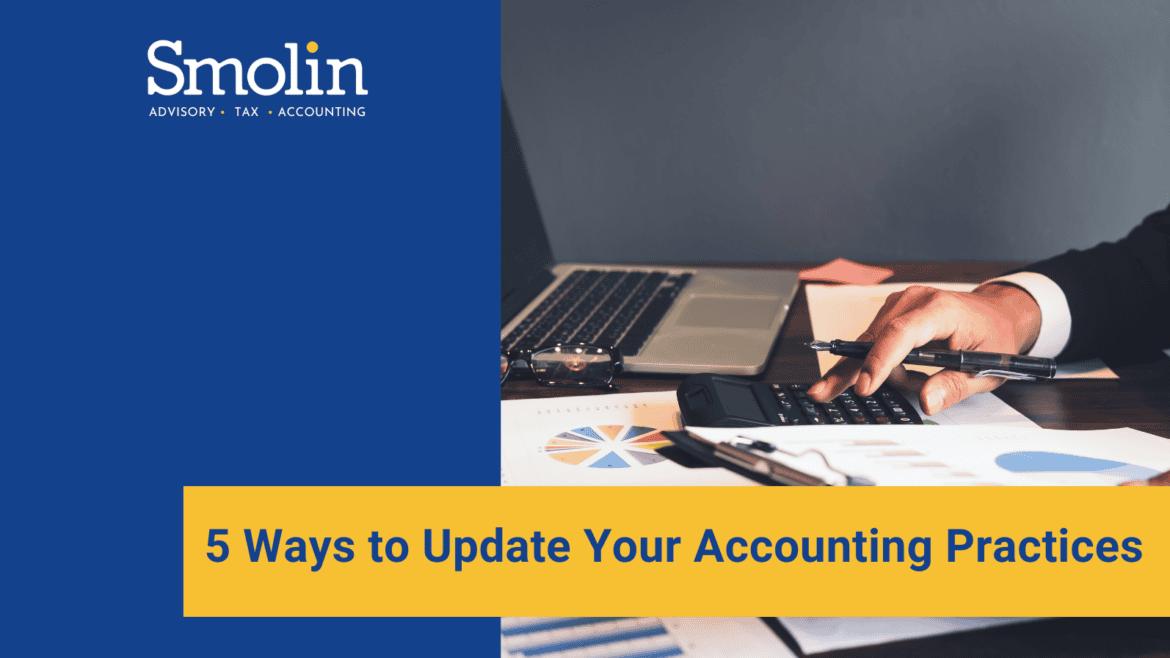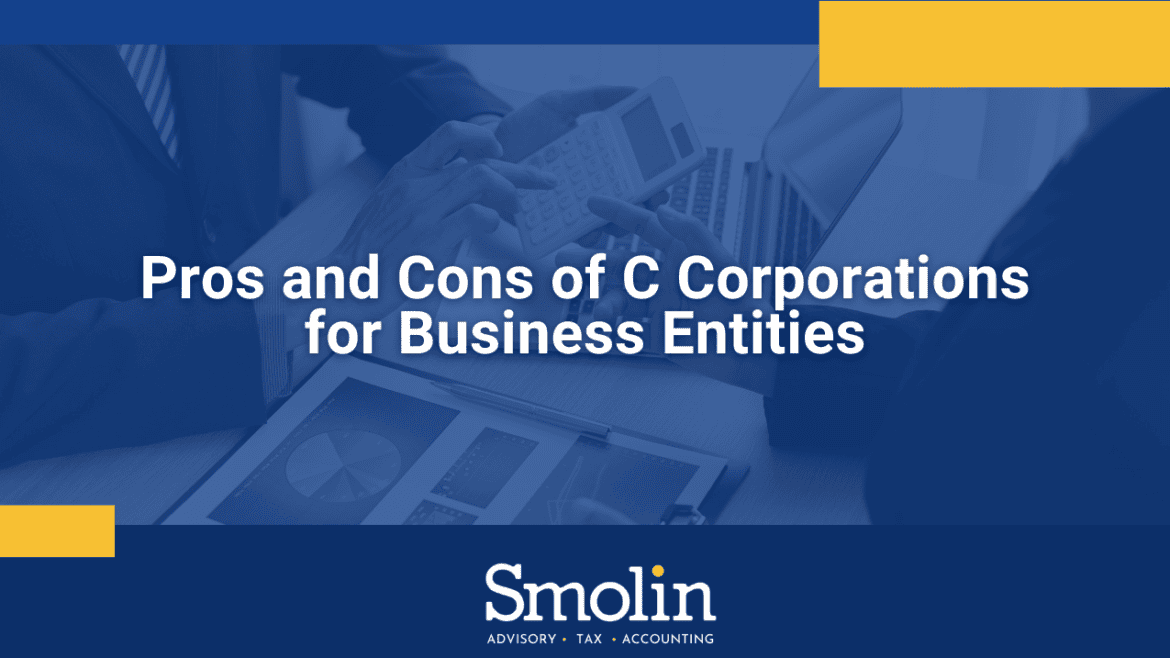With just a few weeks to file your 2022 individual tax return (unless you filed an extension), it’s understandable if your 2022 tax bills are of greater concern than your 2023 tax circumstances.
But it’s still important to become familiar with tax amounts that may have changed for 2023—particularly because, due to inflation, many of these amounts have been raised more than in previous years. (Note, however, that not all tax figures are adjusted on an annual basis. Some only change upon the enactment of a new law.)
Here are some common questions (and answers) about 2023 tax limits.
Last year, I didn’t qualify to itemize deductions on my tax return. Will that change this year?
A law was enacted in 2017 that increased the standard deduction and reduced or eliminated a variety of other deductions, eliminating the tax benefit of itemizing deductions for many people.
For 2023, the standard deduction amount is:
- $13,850 for single filers (compared to $12,950 in 2022)
- $27,700 for married couples filing jointly (compared to $25,900 in 2022)
- $20,800 for heads of households (compared to $19,400 in 2022)
If the amount of your itemized deductions, including mortgage interest, is lower than the standard deduction amount, you will not qualify to itemize deductions for 2023.
How much can I contribute to an IRA this year?
In 2023, those who are eligible can contribute $6,500 per year up to 100% of their earned income (compared to $6,000 in 2022).
Those aged 50 or older can make an additional “catch-up” contribution of $1,000 (no change from 2022).
How much can I contribute to my 401(k) plan through my employer?
In 2023, you can contribute up to:
- $22,5000 to a 401(k) or 403(b) plan (compared to $20,500 in 2022)
- $7,500 in catch-up contributions if you’re over 50 years old (compared to $6,500 in 2022)
If I hire a cleaner, do I need to withhold and pay FICA tax?
In 2023, the threshold for which domestic employers must withhold and pay FICA tax for babysitters, house cleaners, and other independent contractors is $2,600 (compared to $2,400 in 2022).
How much do I need to earn to stop paying Social Security tax?
In 2023, you will not owe Social Security tax on amounts earned above $160,200 (compared to $147,000 in 2022). However, you must still pay Medicare tax on all amounts earned.
Can I claim charitable deductions if I don’t itemize?
Generally, if you claim the standard deduction on your federal income tax return, you cannot deduct charitable donations. In 2020 and 2021, non-itemizers could claim a limited charitable contribution deduction, but this tax break is no longer applicable for 2022 and 2023.
How much can I gift someone without worrying about gift tax?
For 2023, the annual gift tax exclusion is $17,000 (compared to $16,000 in 2022).
Work with a tax professional
These are only a few of the tax amounts that may apply to you in 2023. If you have questions or would like assistance with your tax return, the CPAs at Smolin can help. Contact us to get started.

